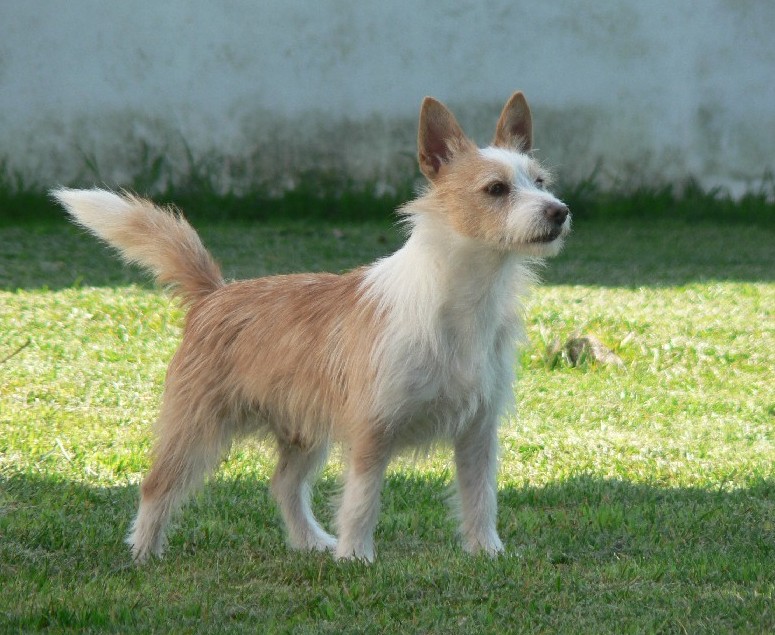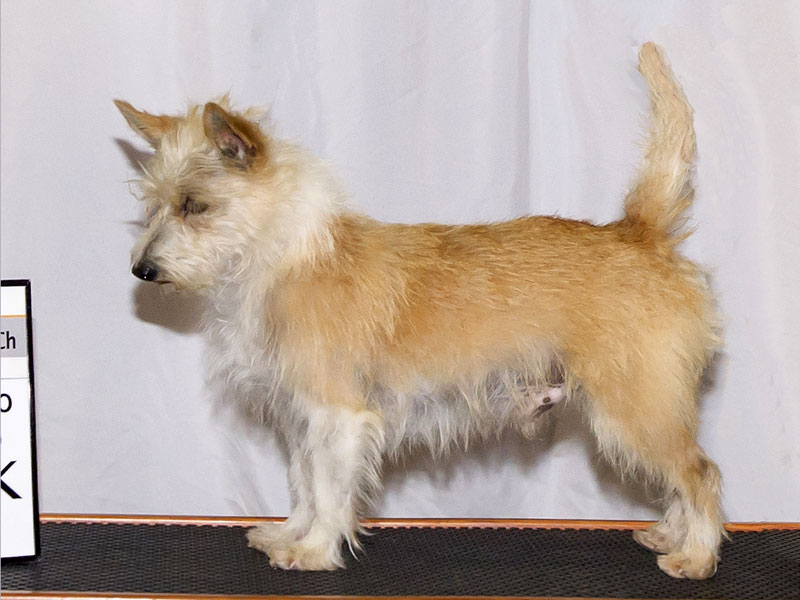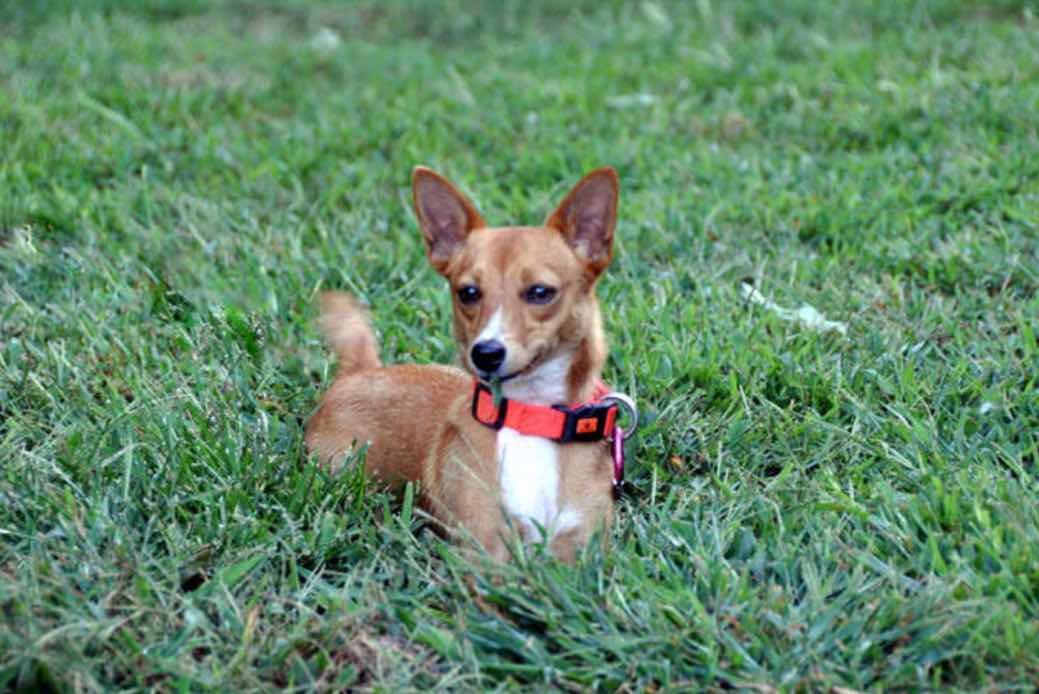

It was not until 1978 that the breed standard included the hard-haired variety.

And by 1954, the breed was officially recognized by the International Canine Federation. As a breed, the Podengo is divided into three s. In 1902, the Podengo was presented at the first show, which was held in Portugal. The Portuguese Podengo is an ancient multi-sensory hound (sight and scent) breed of dog from Portugal. And on land, the Podengo were faithful assistants in the hunt for rabbits, wild boars, and even deer. In the XV century, the Podengo was used to catch rats on Portuguese ships on long voyages. This name among the locals the dog deserved was not in vain. The name of the breed in literal translation from Portuguese means “hunting Portuguese dog”. The goals and purposes of this breed standard include: to furnish guidelines for breeders who wish to. They are similar not only in appearance but also about the same time of origin. The closest relative of the Portuguese Hound is the Ibiza Hound. To become eligible to compete at Westminster, the three new breeds had to be registered in. Also, during excavations have been found a large number of figures and coins depicting the Portuguese Podengo. Our favorite sporting event of the year is less than a month away, and there are three new dog breeds you’ll want to watch at the 138 th annual Westminster Dog Show: the Rat Terrier, Portuguese Podengo Pequeno and Chinook.

The basic version of the breed’s origin is as follows: the Podengo was brought back in ancient times to the Iberian Peninsula by the ancient Romans and Phoenicians. Typically healthy and long-lived, the Podengo has minimal care requirements and is suited to an active lifestyle.The history of the breed’s formation begins many centuries ago. Because of its small size, the Pequeno Podengo may be prone to behavioural problems, so firm leadership is essential from an early age. Weaknesses.ĭue to the breed's relative rarity it is difficult to establish the susceptibility of the Podengo to genetic or breed-specific diseases, although no breed is ever completely unaffected. On average, a healthy Medio Podengo will weigh 16-20 kg, with a life expectancy of 10-14 years when shown the appropriate care. Its vigilance to change and threat makes this an efficient guard dog, protecting its family if potential danger is perceived. Highly trainable, the breed is well suited to the domestic setting and makes the ideal addition to family life.

The average Portugese Podengo.Ī lively and intelligent breed, the Podengo requires regular exercise and human companionship. A typical sight hound, the Podengo is happy to hunt in packs or alone. The Grande Podengo is often found hunting larger game than rabbits, including boar. The coat is seen in two varieties - Smooth-Haired and Wire-Haired, which is most common in the United States, in colour variations of black, yellow or fawn. Identifiable for its proportionate build, small inseted eyes, black nose, large upright ears and flat skull. The Podengo comes in three size classifications - Grande, Medio and Pequeno (small). The Portugese Podengo is characterised by. Well-established in 16th century Portugal, the Podengo grew to great popularity as a companion dog and is particularly commonplace in rural areas of northern Portugal. Primarily bred for hunting, the Podengo developed a keen interest in hunting rabbit - from where its name derives - and was commonly utilised in ratting and guarding property. Some suggest a likeness with the Pharaoh Hound, which migrated to the Iberian Peninsula, whilst others speculate that the breed is a direct descendent of small Iberian wolves crossed with the dogs of Phoenician traders. The Podengo, meaning 'rabbit hunter' in Portugese, is the country's National Dog, despite being of uncertain origin.


 0 kommentar(er)
0 kommentar(er)
